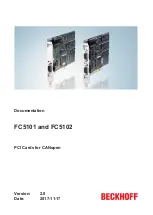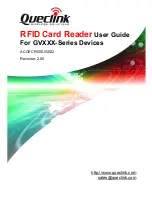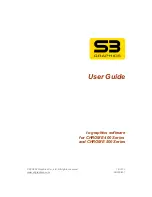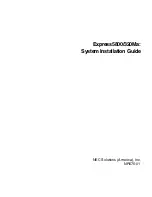
Fitting and wiring
FC5101 and FC5102
15
Version: 2.0
*) A figure of 40 m at 1 Mbit/s is often found in the CAN literature. This does not, however, apply to networks
with optically isolated CAN controllers. The worst case calculation for opto-couplers yields a figure 5 m at 1
Mbit/s - in practice, however, 20 m can be reached without difficulty.
It may be necessary to use repeaters for bus lengths greater than 1000 m.
3.2.3
Drop lines
Drop lines must always be avoided as far as possible, since they inevitably cause reflections. The reflections
caused by drop lines are not however usually critical, provided they have decayed fully before the sampling
time. In the case of the bit timing settings selected in the Bus Couplers it can be assumed that this is the
case, provided the following drop line lengths are not exceeded:
Baud rate
Drop line length
Total length of all drop lines
1 Mbit/s
< 1 m
< 5 m
500 kbit/s
< 5 m
< 25 m
250 kbit/s
< 10 m
< 50 m
125 kbit/s
< 20 m
< 100 m
50 kbit/s
< 50 m
< 250 m
Drop lines must not have terminating resistors.
Fig. 9: Sample topology of drop lines
3.2.4
Star Hub (Multiport Tap)
Shorter drop line lengths must be maintained when passive distributors ("multiport taps"), such as the
Beckhoff ZS5052-4500 Distributor Box. The following table indicates the maximum drop line lengths and the
maximum length of the trunk line (without the drop lines):
Baud rate
Drop line length with multiport
topology
Trunk line length (without drop lines)
1 Mbit/s
< 0,3 m
< 25 m
500 kbit/s
< 1,2 m
< 66 m
250 kbit/s
< 2,4 m
< 120 m
125 kbit/s
< 4,8 m
< 310 m
3.2.5
CAN cable
Screened twisted-pair cables (2x2) with a characteristic impedance of between 108 and 132 Ohm is
recommended for the CAN wiring. If the CAN transceiver’s reference potential (CAN ground) is not to be
connected, the second pair of conductors can be omitted. (This is only recommended for networks of small
physical size with a common power supply for all the participating devices).
















































